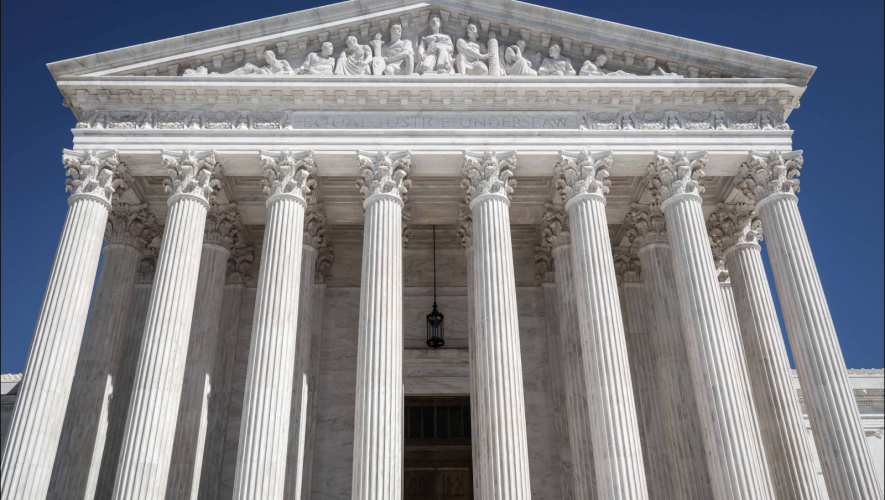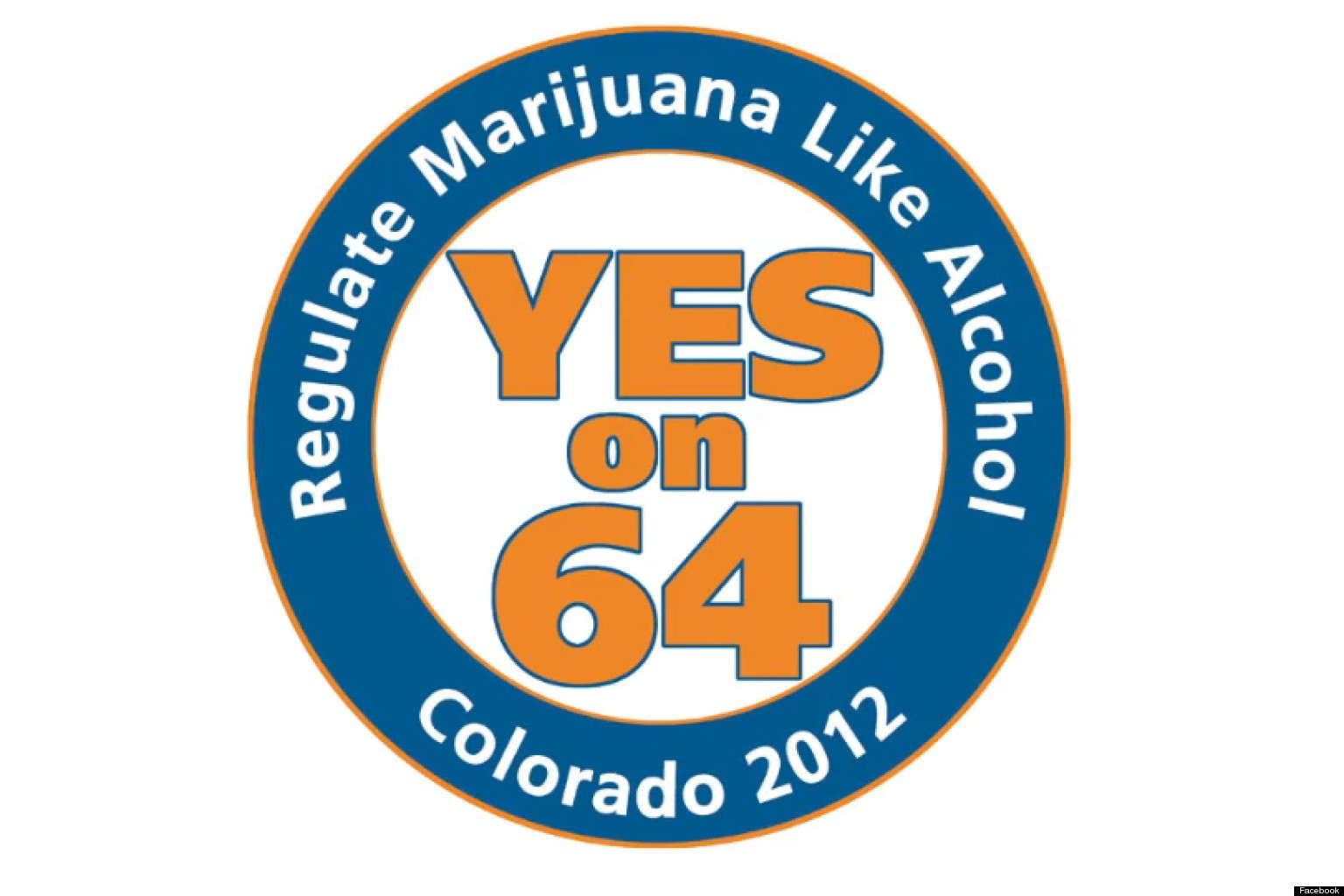“Fuck school. Fuck softball. Fuck cheerleading. Fuck everything.”
This is what high school freshman B. L. captioned a Snapchat after discovering that she did not make the varsity cheerleading team. In the photo, B. L. and a friend were in a convenience store sticking out their tongues and raising their middle fingers. The self-deleting Snap went to about 250 of her friends.
It was a message of frustration sent out impulsively, but it wound up in the hands of the school’s administrators. They suspended B. L. from cheerleading for a year, claiming her post “visibly upset” some students. They argued that her presence affected their ability to “avoid chaos” and maintain a “teamlike environment” on the cheerleading squad.
The conflict between B. L. and Mahanoy Area School District created a four-year-long battle over freedom of speech with national ramifications. The case worked its way up to the Supreme Court, which will hear it starting April 28.
The issue at hand: “Does the First Amendment prohibit public school officials from regulating off-campus student speech?”
Students should feel safe to express their opinions without fear of punishment, and schools should not regulate speech that is not on school grounds or during school hours. With the rise of the digital age and the virtual classroom, the Supreme Court must define school officials’ limits so that they do not infringe upon First Amendment rights.
Mahanoy’s argument is twofold. First, it argues that B. L. violated school rules that demand “respect for school, coaches, teachers, [and] other cheerleaders.” The rules also prohibit “foul language” and behaviors that taint the reputation of the school. It argued that her words were targeted and could affect the team.
Second, Mahanoy officials assert that they had the authority to punish her because the traditional concepts of “on campus” and “off campus” are blurred in the era of social media; texts, tweets, emails, and social media posts aren’t confined to borders, even when posted off campus. They travel too quickly and can thus easily “permeate the school environment.”
Schools’ authority should not extend into students’ personal lives, nor should they dictate who can say what and where they can say it. If B. L. had cursed at the coach during practice or at a teacher in the classroom, that’s one thing. That would be disruption, and disruption is punishable. In Tinker v. Des Moines Independent School District—which dealt with students wearing armbands to protest the Vietnam War—the Supreme Court determined that students do not “shed their constitutional rights to freedom of speech or expression at the schoolhouse gate.”
That said, schools could punish on-campus speech if it substantially disrupted learning. And in Bethel School District v. Fraser, the Court affirmed that schools can prohibit sexually vulgar speech on campus since such expression is inconsistent with public education values.
These cases, however, do not apply here. B. L. posted her message from her own phone on a Saturday night at a store. No one was named, threatened, or even addressed. It was not a disruption, it did not interfere with school activities, and it was not lewd. It was an expression of frustration, her way of letting off steam.
The American Civil Liberties Union, filing on behalf of B. L., argues that schools cannot punish students for out-of-school speech that does not disrupt school activities. The lawsuit challenges the cheerleading rules and the punishment that B. L. faced for violating them. Unlike the district, B. L. and her lawyers do not recognize social media as an extension of school activities.
Since the suspension, the case has steadily progressed in B. L.’s favor. In September 2017, the district court issued a temporary restraining order that allowed B. L. to rejoin the cheerleading team. In October, it granted the plaintiff’s motion for preliminary injunction and found that B. L. was likely to succeed in her lawsuit. In March 2019, it found that the school did not have the authority to discipline off-campus speech and that it had violated B. L.’s First Amendment rights. In June 2020, the appeals court ruled that public schools cannot censor students’ off-campus speech based on a “fear of disruption of school activities.” Unsatisfied with the ruling, Mahanoy appealed to the Supreme Court.
Tinker is the crucial precedent for this case, but it comes from a different era. Distinguishing what constitutes a campus was more straightforward before social media. Recently, courts have allowed public schools to discipline students for online posts if they are linked to school activities and threaten to disrupt them.
The COVID-19 pandemic has also shifted the mold for education. In August 2020, nearly 93 percent of households with school-age children reported some form of distanced learning. The virtual landscape of classrooms blurs the line between school and home. If a student has a Confederate flag on the bedroom wall behind them, can the school force them to take it down? What about religious quotes or a cross in their learning space? It is hard to tell where school authority starts and ends.
Mahanoy’s fight rests entirely on the uncertainty of this new digital age. “The question presented recurs constantly and has become even more urgent as COVID-19 has forced schools to operate online,” says a brief from the school district. “Only [the Supreme Court] can resolve this threshold First Amendment question deviling the nation’s nearly 100,000 public schools.”
A ruling in favor of B. L. does not mean that school officials are powerless; it just means that they can no longer regulate off-campus speech simply because the internet allows it to be seen on campus. In many cases, school administrators should regulate off-campus speech. They need to be able to punish students for harmful speech—such as cyberbullying, threats, or harassment—that could create a toxic, hostile, or unsafe environment.
In a 2013 case, the Ninth Circuit Court of Appeals held that public schools could punish conduct that poses a risk of substantial disruption even if the behavior takes place off of school property. This ruling was in response to a student’s suspension after he threatened to kill his fellow students.
If schools are going to regulate off-campus speech, they need to have specific parameters so that legitimately harmful language is included and a student’s complaints aren’t.
Given that arguments have not yet begun, it is hard to predict how the justices will vote. The Court has a reputation for protecting First Amendment rights, but it has cut back on students’ freedom of speech since Tinker. It limited student speech in Fraser and ruled in 1988’s Hazelwood v. Kuhlmeier that school officials could regulate the content of student speech disseminated under school auspices.
Chief Justice Roberts has claimed to be “the most aggressive defender of the First Amendment on the court,” yet his record is mixed. In 2019, he joined the majority in a 5–4 decision that limited the First Amendment’s scope regarding public television. In 2007, the Court’s last major decision on students’ freedom of speech, he sided with a school district that prohibited students from displaying a banner advocating for drugs. Due to the conservative majority of the court, Roberts’s decision could be crucial.
The implications of this case cannot be overstated. For students to enjoy their right to freedom of speech, they need to know when they are subject to school authority.
If the Court rules in favor of the district, it will allow public schools to regulate student speech on social media, regardless of when or where it was posted. Students would constantly fear punishment and become less comfortable with expressing themselves.
They may also find it harder to criticize their school district. The appellate court found that while “the snap was crude, rude, and juvenile,” that does not give the school “the power to quash student expression deemed crude or offensive—which far too easily metastasizes into the power to censor valuable and legitimate criticism.”
Learning to give and receive criticism is a vital part of education, and school regulation of off-campus speech could severely hinder that. Moreover, students may no longer feel comfortable expressing anything that school administration might dislike, whether that be something as simple as an unfair grade or as severe as teacher misconduct or school discrimination. They will be stifled and less able to stand up for themselves.
In the end, it’s pretty simple. B. L.’s post reflected a frustrated student’s emotions, and the school does not have the authority to punish her just because they disagree with her language. Tinker insists that freedom of speech for students does not end at the school gate, and now it is time for the Supreme Court to defend students on the other side of the gate as well.



